Team Project
⬐ Click the buttons to skip to sections ↴
Adam Bennett:
Adam Bennett is the Project Leader and Primary Coder. Adam is responsible for the majority of the coding, along with music and managing the group as the leader. Adam was also the creator of the original concept for the game.
Gifs:
Scripts:
Cale Davidson:
Cale Davidson is a Level Designer and Concept Artist. Cale is responsible for creating certain levels and working alongside Phillip Saunders to create a cohesive layout for the game.
Concepts:
Final Designs:
Elise Foskett:
Elise Foskett is the Organiser of the group as well as the Primary Animator. Elise keeps track of all of our meetings as well as creating animations for the game.
Animations:
Organisation:
Elizabeth Midgley:
Elizabeth Midgley is the Secondary Leader and Primary Artist. Elizabeth is responsible for creating artwork for the game, as well as managing the group dynamic.
Backgrounds:
Characters:
Scripting:
Tileset:
Phillip Saunders:
Phillip Saunders is a Level Designer and Games Designer. Phillip is responsible for working alongside Cale Davidson to create a cohesive layout for the game, and creating certain text and gameplay elements for the game.
Concept Videos:
(View over Japanese Temple in River Valley, 2020)
(Monday Morning Lillies, 2019)
Final Level:
Playtest Video:
Kai Spencer:
Kai Spencer is a Text and Graphics Artist. Kai is responsible for creating the UI and Menus for the game.
Start Screen:
Logo:
Game Demo:
⬐ Click off the game to pause the gameplay and sound ↴
Design
Overall, the game could become very well polished with more time, but the design of our trial level is well suited for demonstration purposes. However, the game would not be suitable for more than these demonstration purposes in its current state.
We found that certain features that we intended to include in the final product did not make it into the demo; this was disappointing and lowered the overall quality. We did not have facial expressions on the characters, grass, decorations, specific animations, or VFX in the demo. We had created the assets for some of these missing components, but we did not have time to include them at the end of the project. However, the features that we did include worked well together and were well researched and presented.
We tried to consider the audience, subject, and purpose when developing the game. Adam started this game last semester, so some elements were already present; however, we developed specific parts further. We decided we would redesign the levels, artwork, and animations. We agreed that the game would educate users about Origami and its culture. Also, we decided that when you unlocked a transformation, you would also learn how to fold that shape of Origami through info-graphics. These extra features allowed us to give the game more of a purpose by educating users. We also decided that the audience would be young adult casual/light core gamers after researching statistics about PC gamers (Average Age of Gamers, 2021) and adjust the game’s art style to suit that audience.
Depth
We put time into researching the significance of many elements relating to Origami and how they could impact our game. We chose white for the paper to signify innocence as the game is about the character growing and evolving (Meaning of Color in Origami, 2021). I also researched architecture from the Edo period to influence the Pagodas and Shrines in the background designs (Young and Young, 2019).
Midway through our project, Elise, Adam, and I worked on a research PowerPoint that we then used to influence the design. We based this PowerPoint on many hours of research into the Japanese culture surrounding Origami. Due to this, our decisions regarding colour choice, atmosphere, and movement were all based on reference from history.
Despite being well researched, our project still fell short on depth in many areas as we could not include elements of educating the user in our final product. We did not have the educational aspects due to time restraints; I believe we provided as complete a response as we could in the given time; however, it would have been nice to include more.
Delivery
The assets that we created were consistent at a high standard. The high standard resulted from the team’s decision to focus on creating a single demonstration level rather than spreading ourselves too thin by trying to make a complete game. However, we still have further to train before we reach the standard of professionally published games.
We received regular critique about our game from classmates and regular feedback regarding our presentation during seminars. Our final product has been influenced by receiving that feedback, and we made changes based on the user testing, which helped our game be more well rounded and bug-free.
Content References:
Butz, L., 2020. View over Japanese Temple in River Valley. [image] Available at: <https://www.artstation.com/artwork/Z5yNYX> [Accessed 03 March 2021].
Anasabdin, 2019. Monday Morning Lilies. [image] Available at: <https://www.instagram.com/p/BzFlhQbnY9_/> [Accessed 03 March 2021].
Final Evaluation References:
The NPD Group. 2021. Average Age of Gamers. [online] Available at: <https://www.npd.com/wps/portal/npd/us/news/press-releases/37-percent-of-us-population-age-9-and-older-currently-plays-pc-games/> [Accessed 10 May 2021].
Lisashea.com. 2021. Meaning of Color in Origami. [online] Available at: <https://lisashea.com/japan/origami/sales/history/colors/> [Accessed 10 May 2021].
Young, D. and Young, M., 2019. The Art of Japanese Architecture.
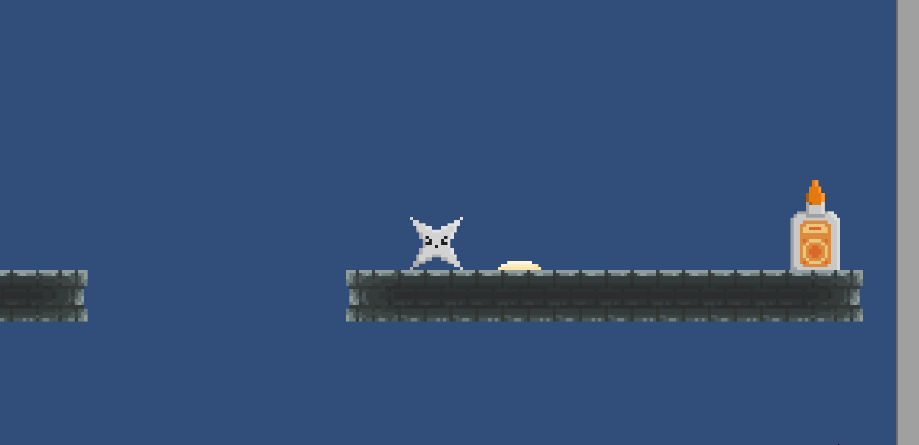
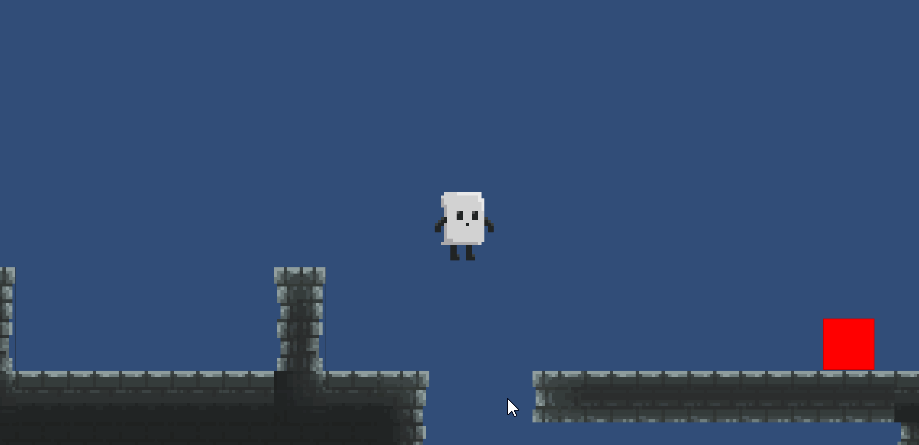
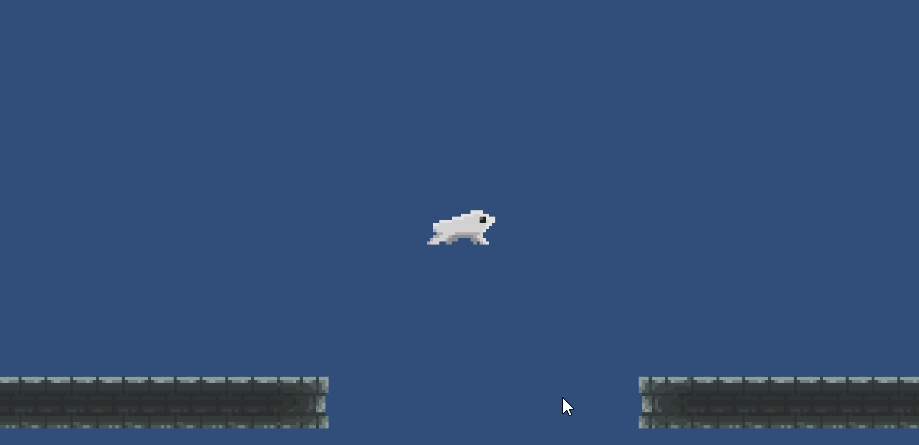
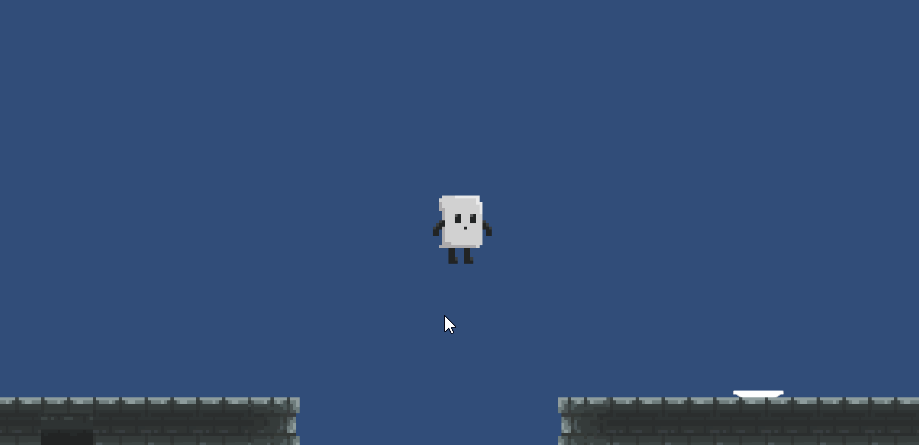
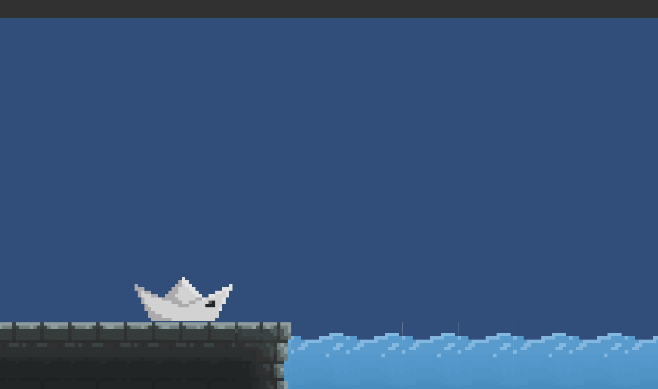
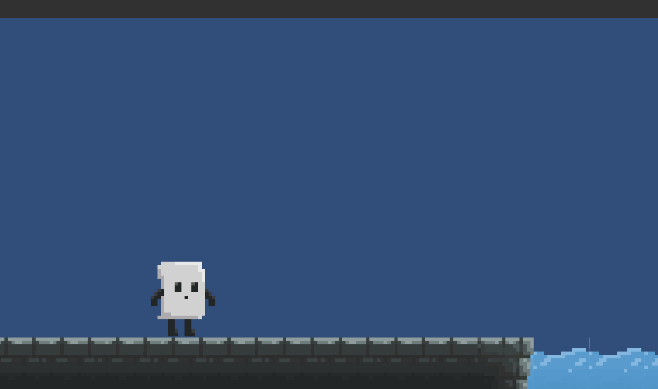
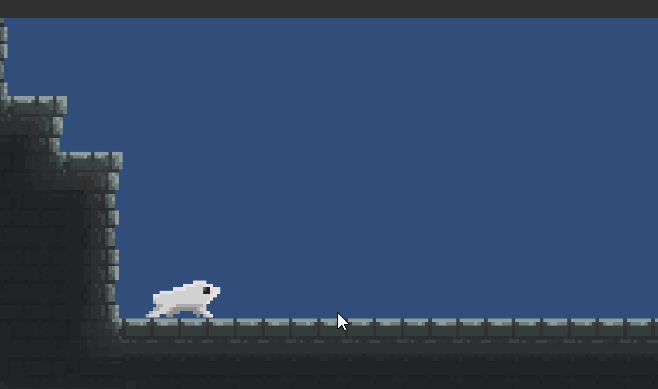
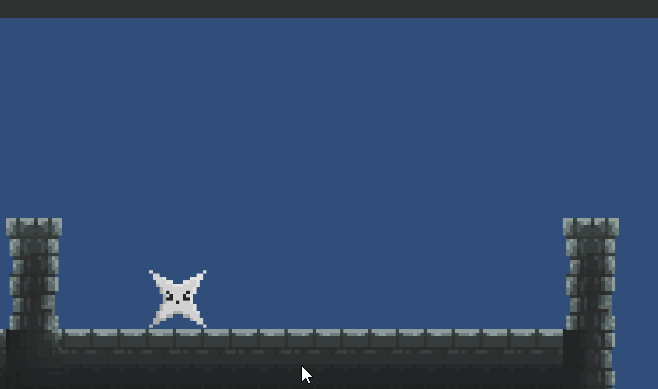

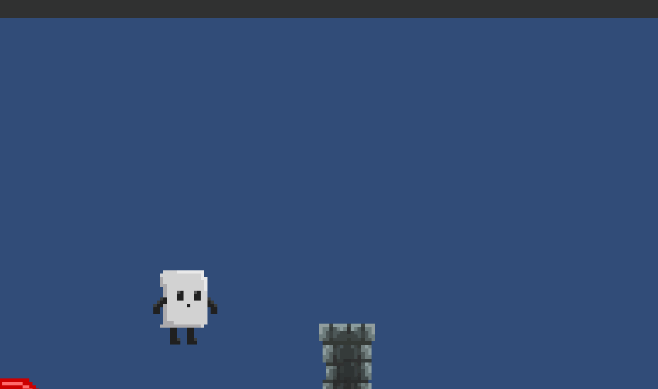
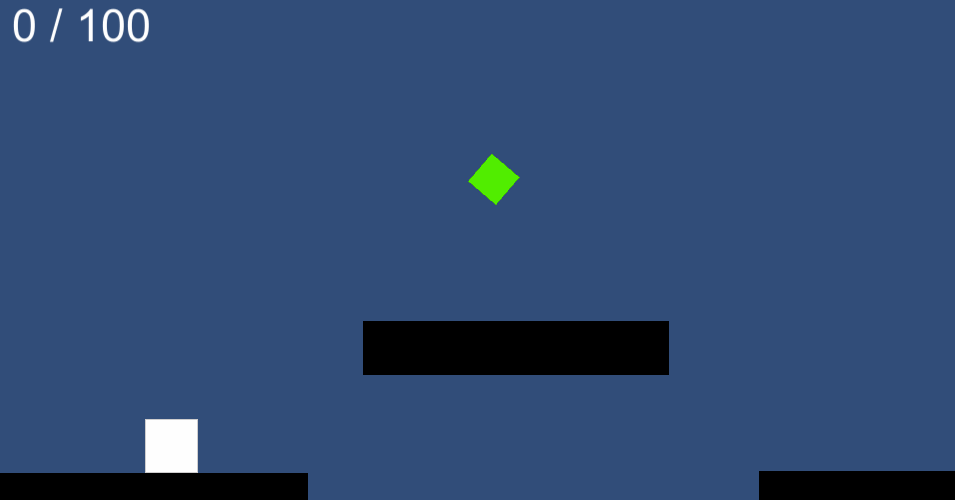
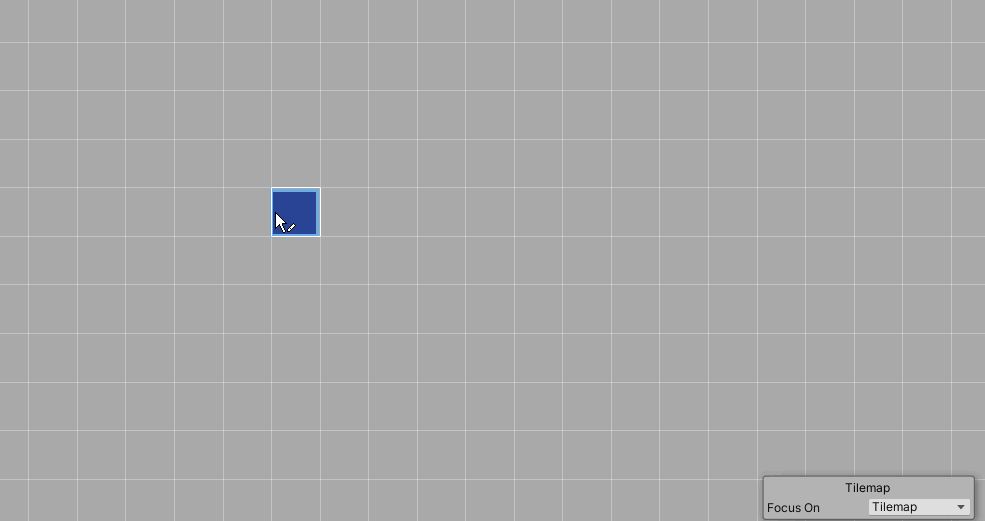





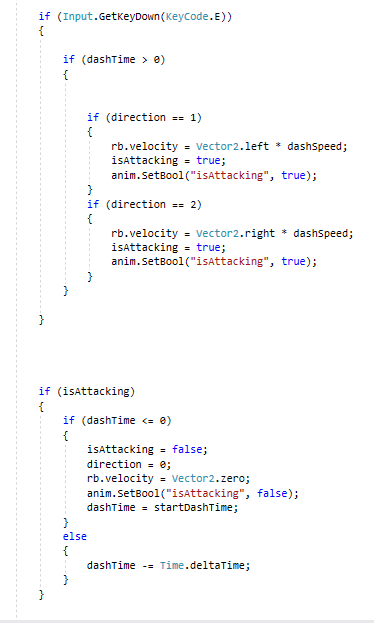
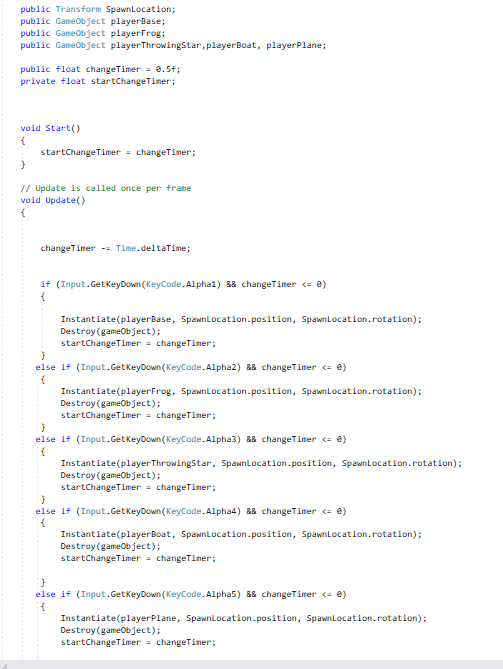
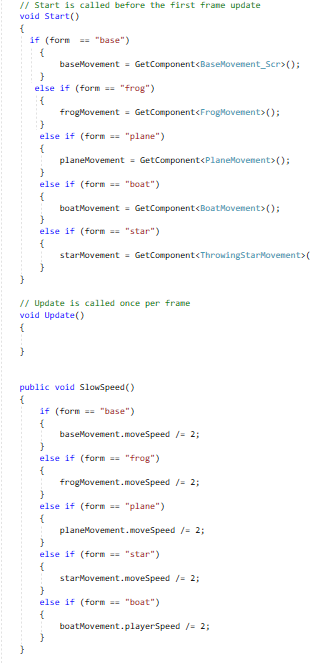
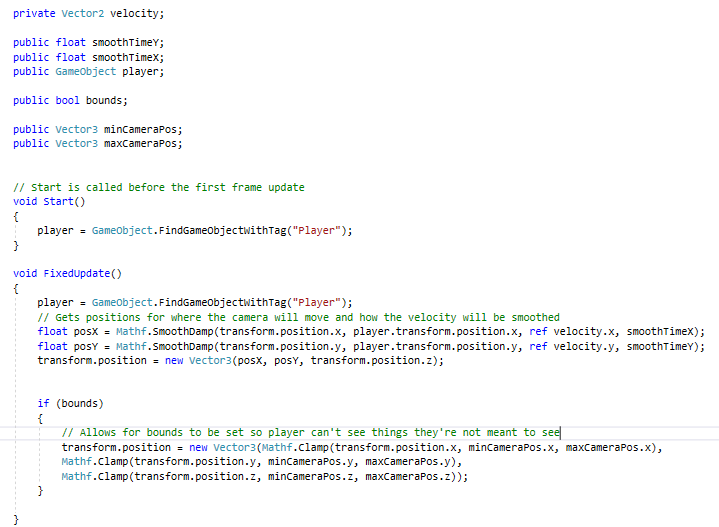
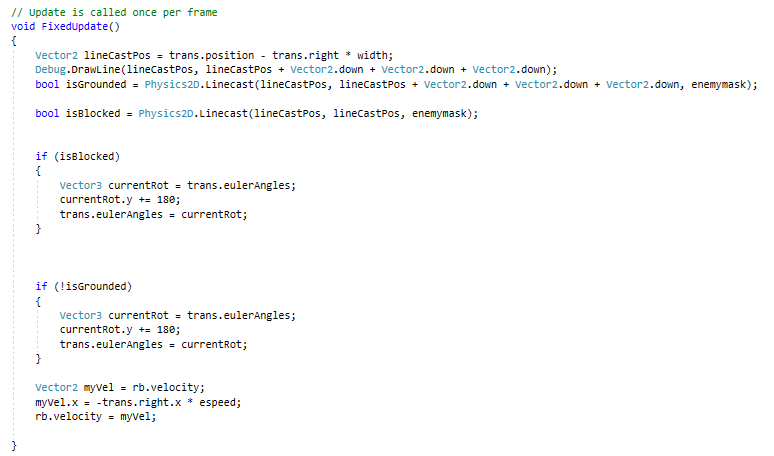
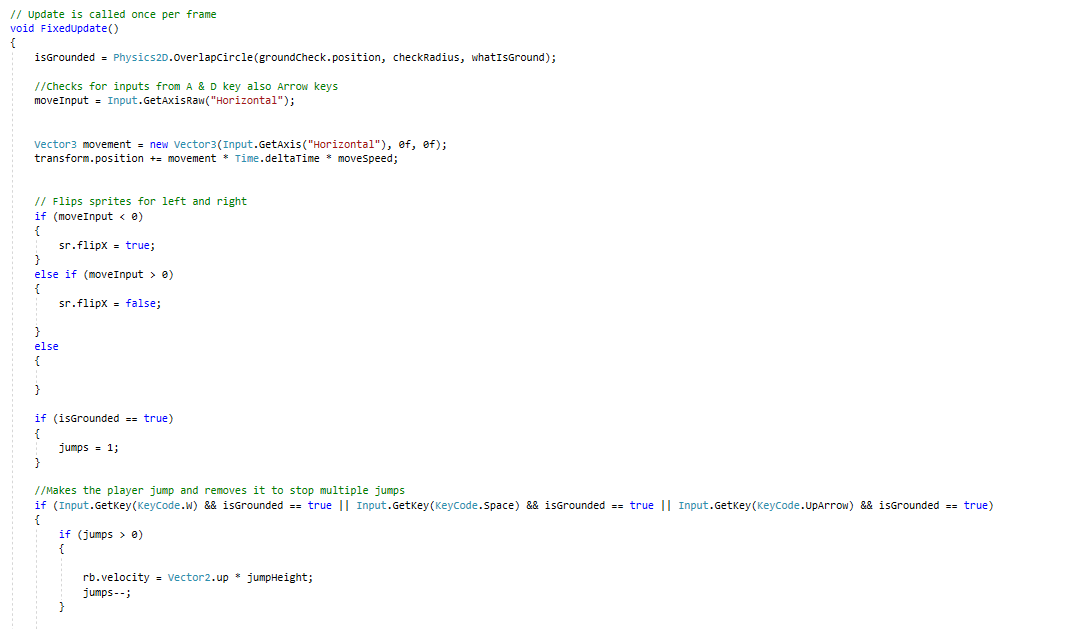
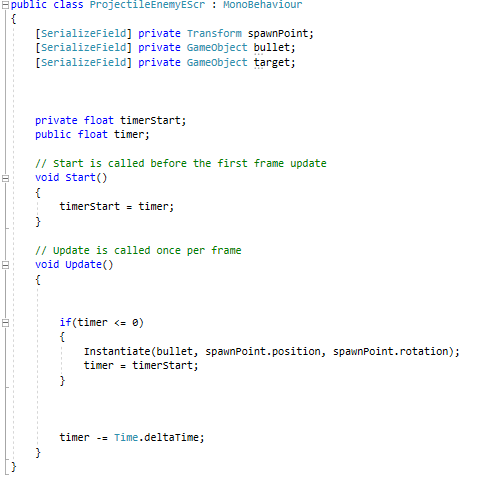
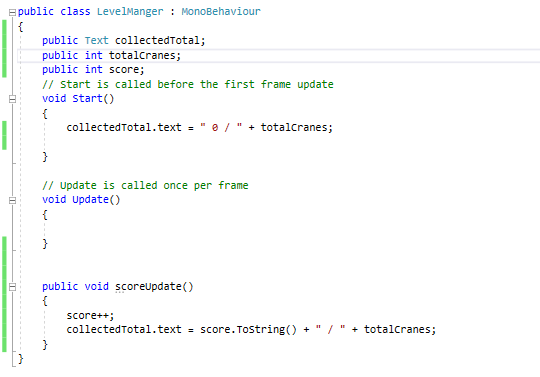
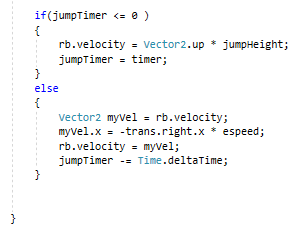
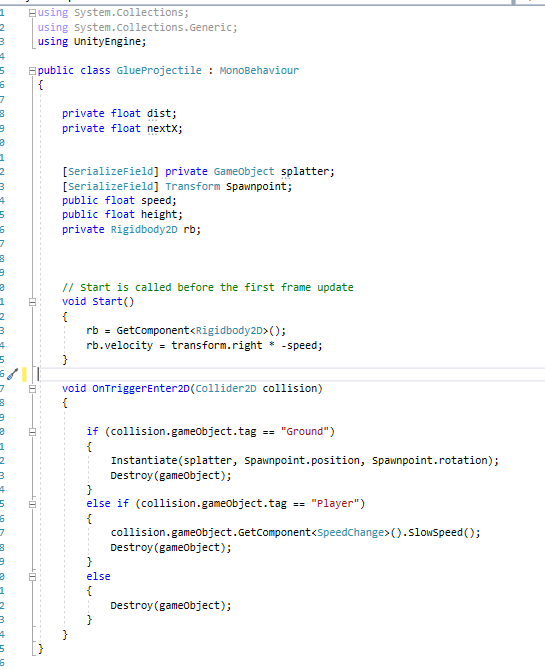
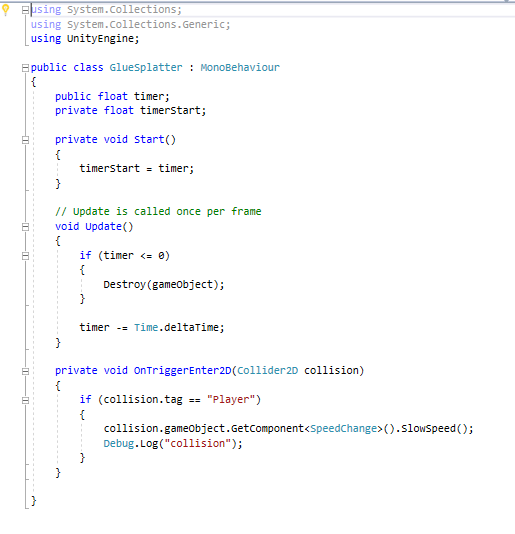
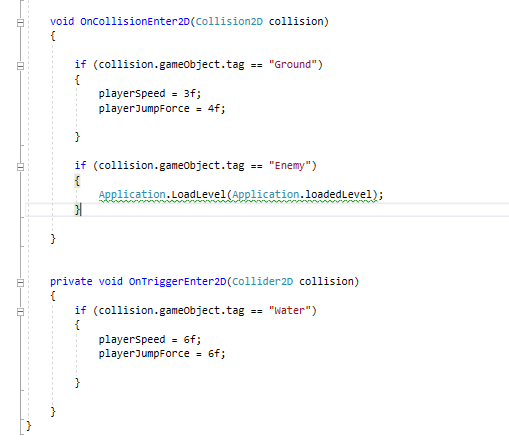
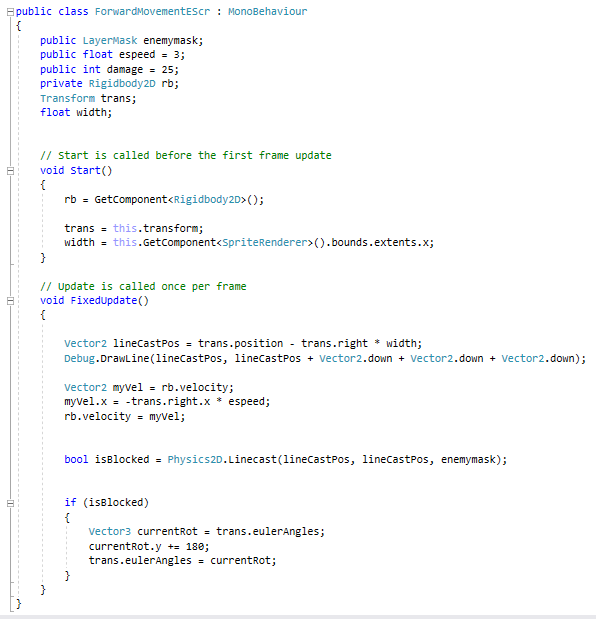
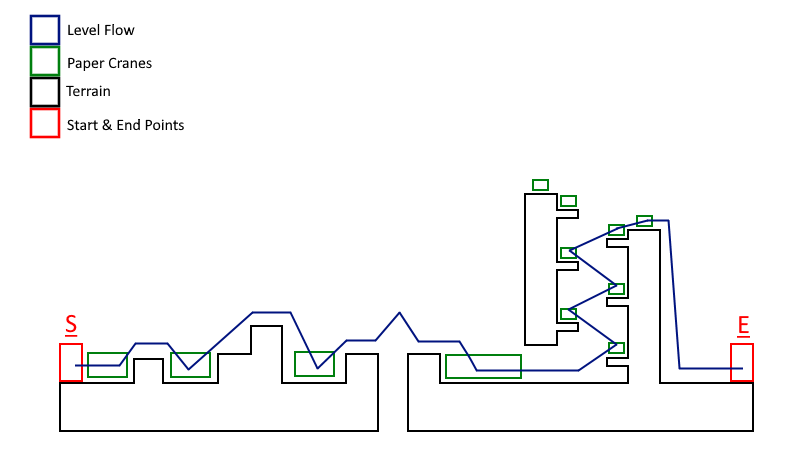
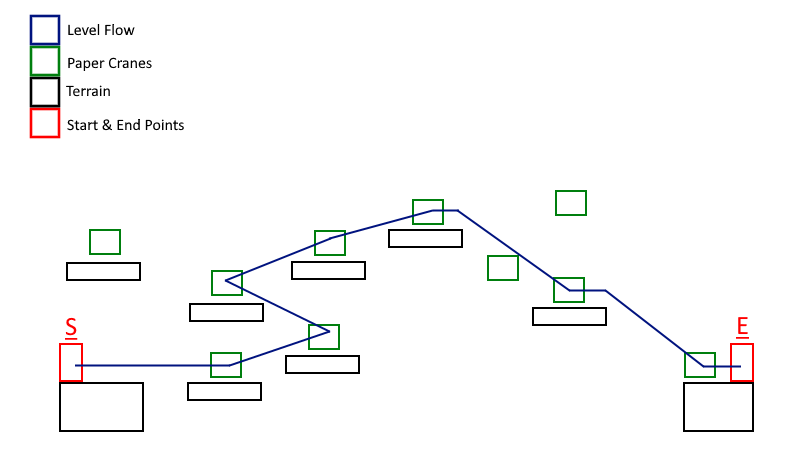
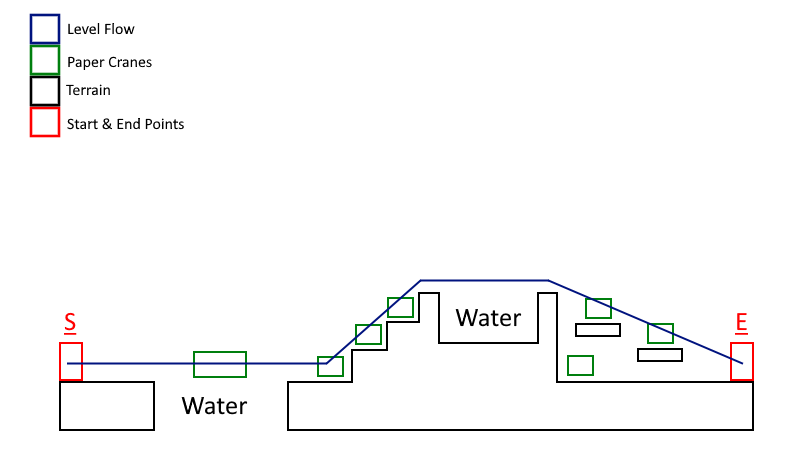
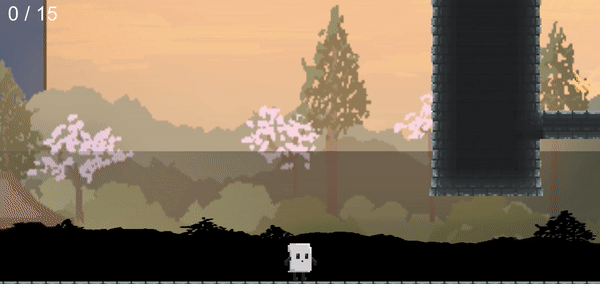
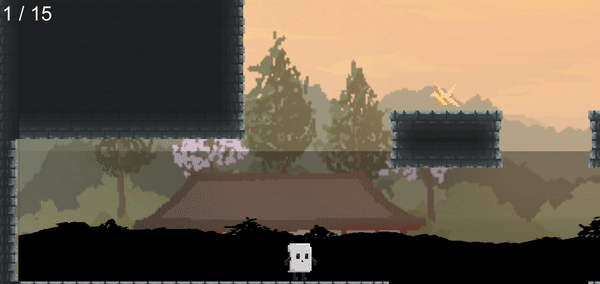
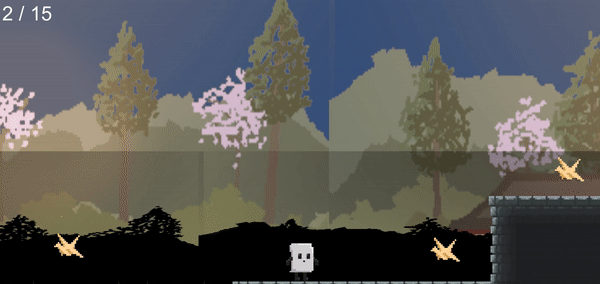



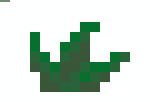
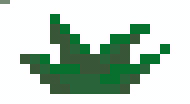

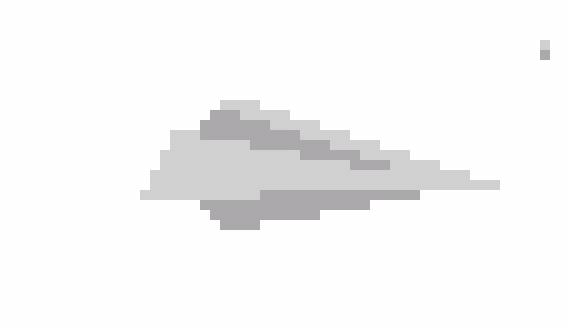


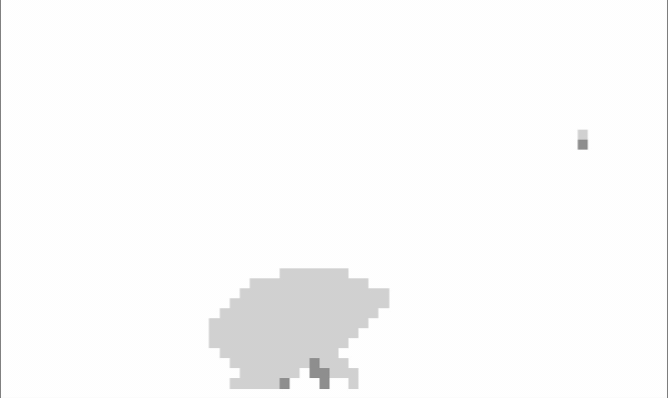
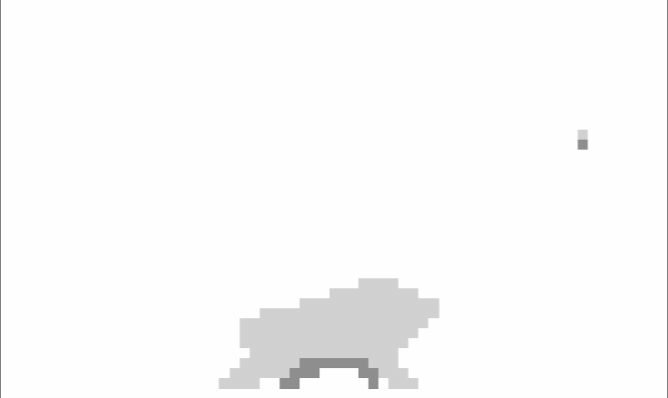
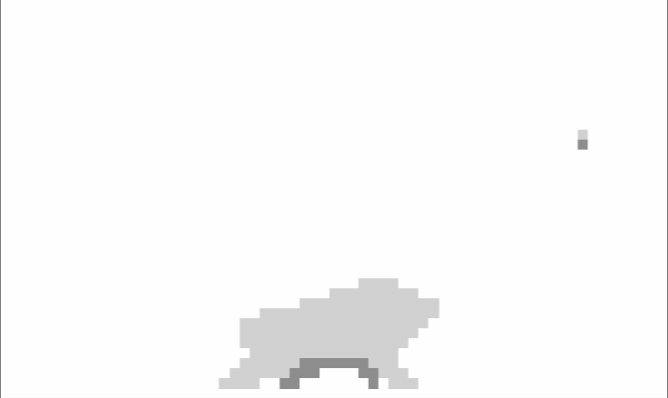





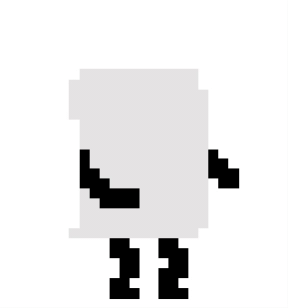
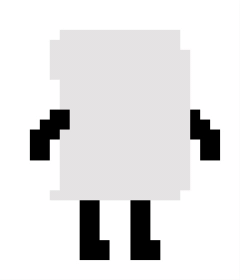
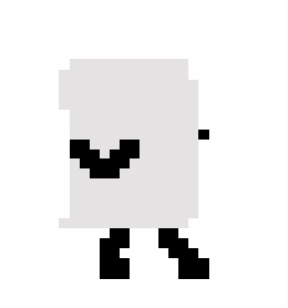
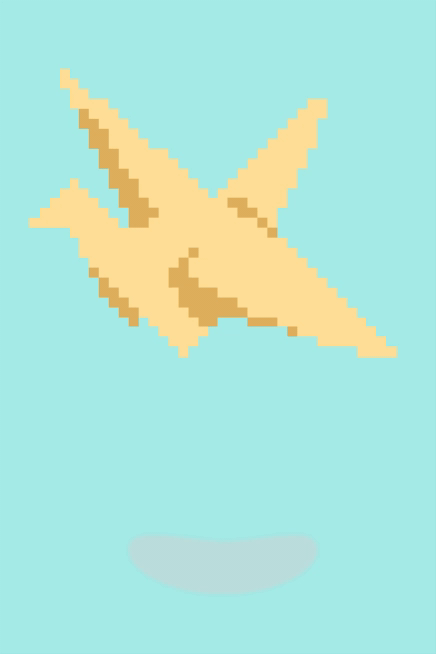
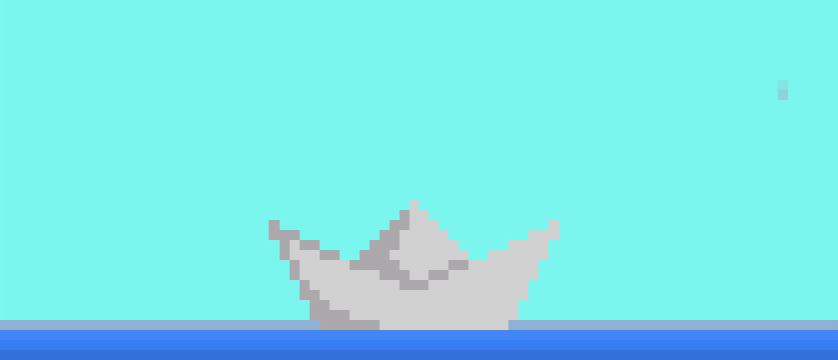
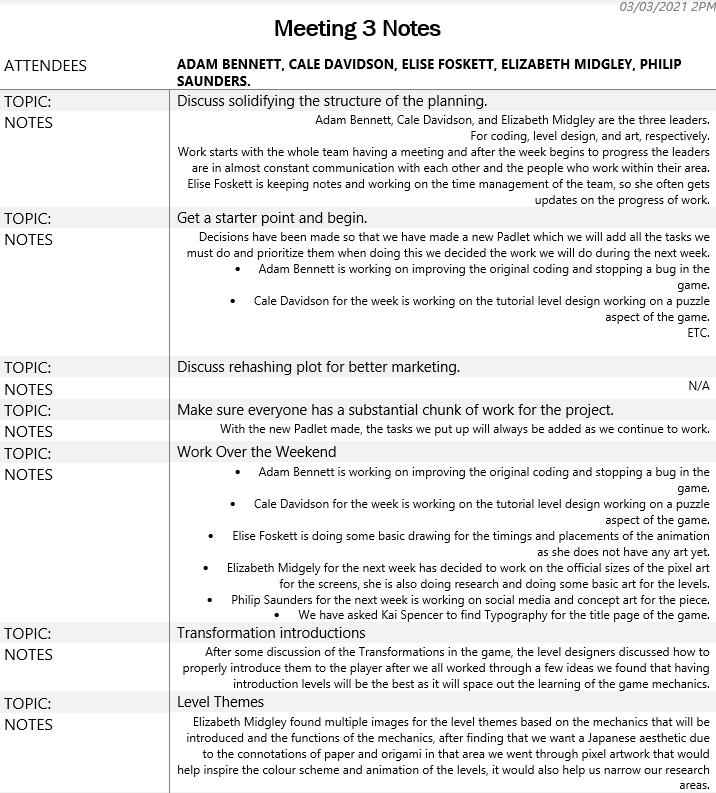
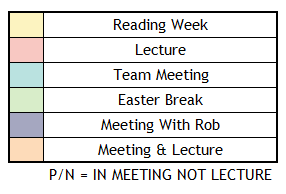
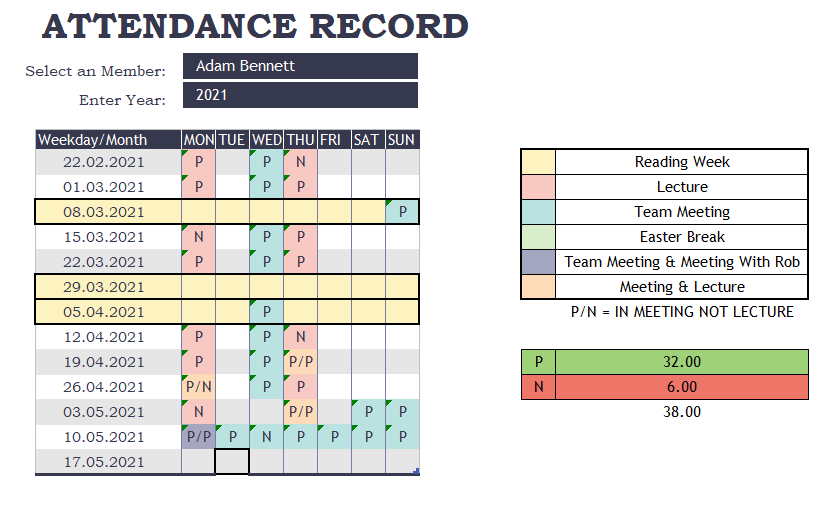
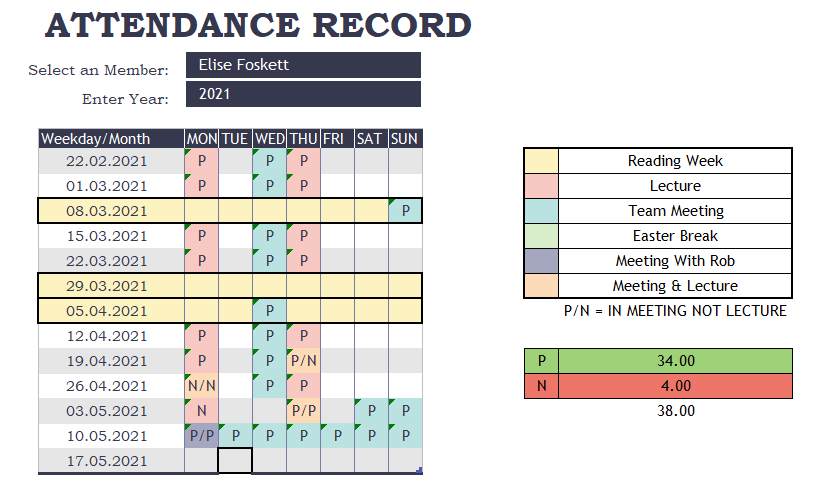
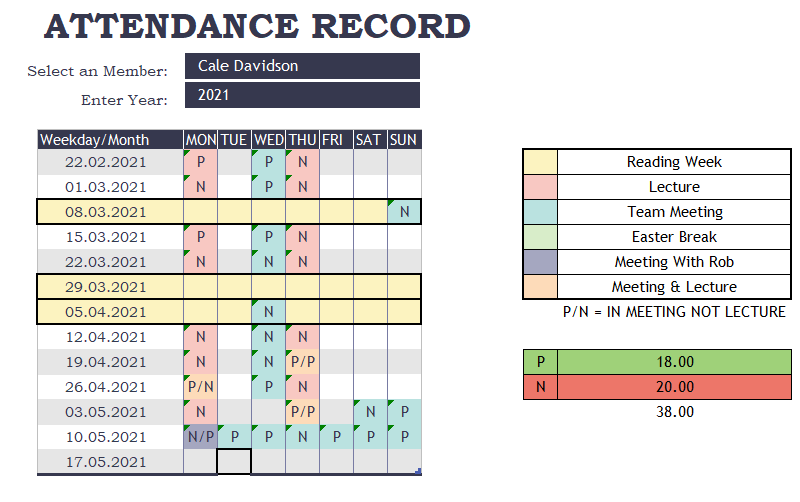
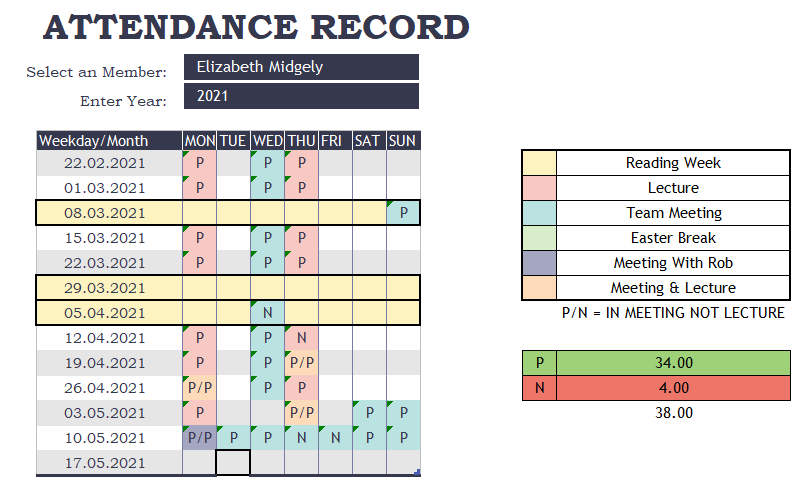
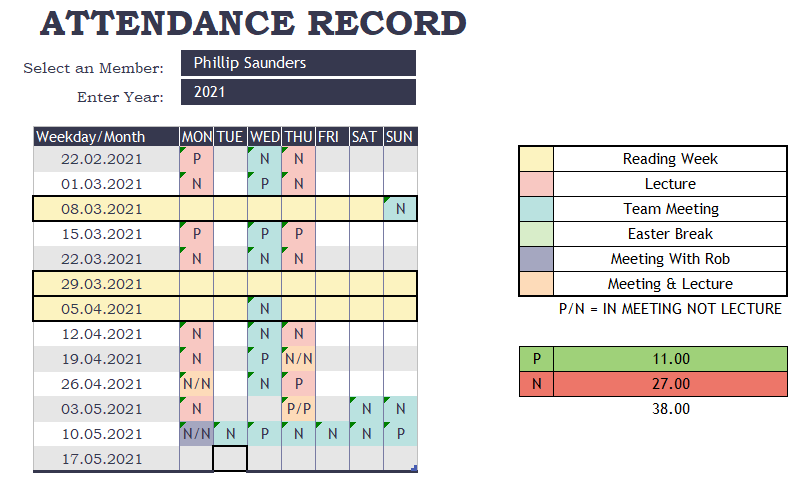
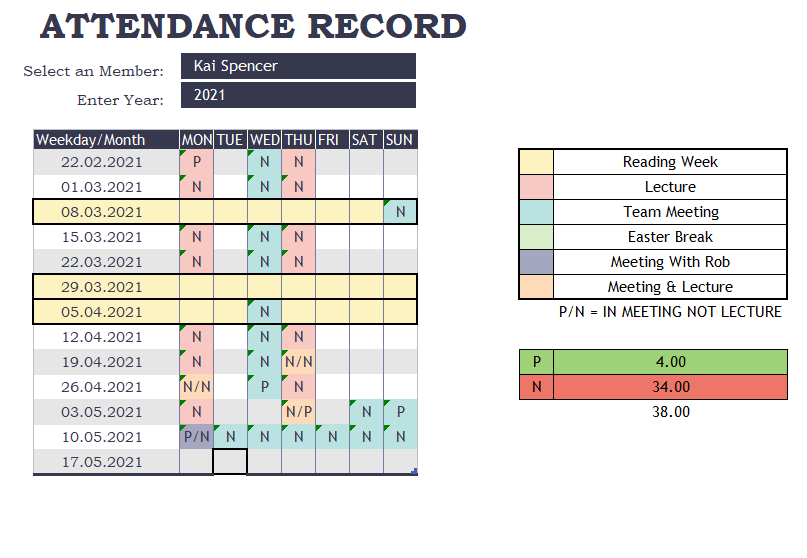
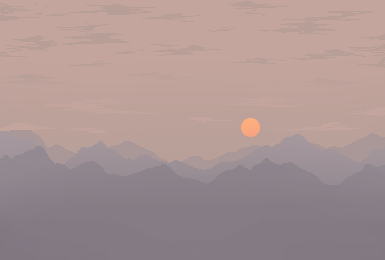
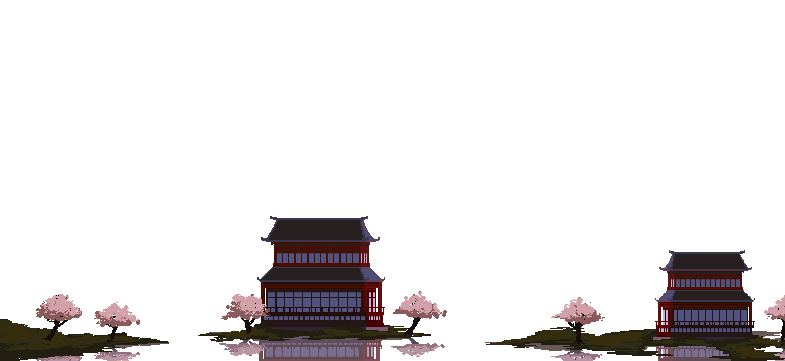
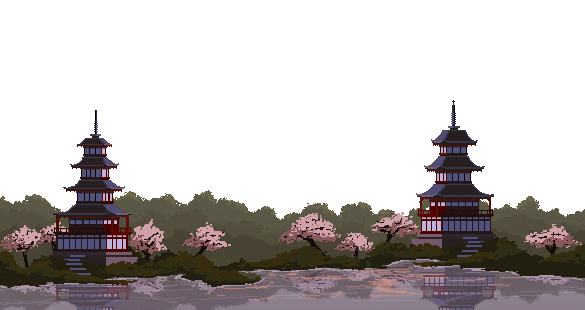
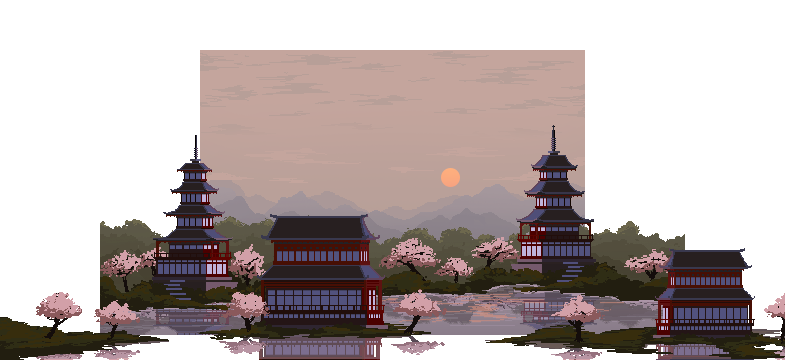




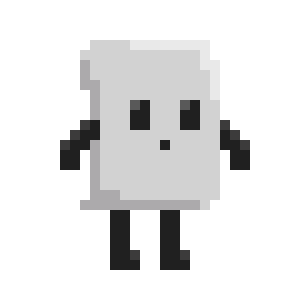
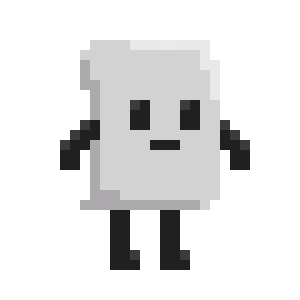
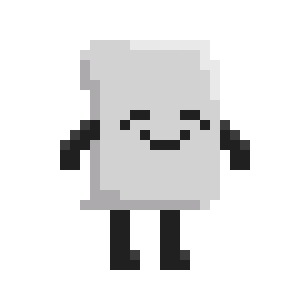
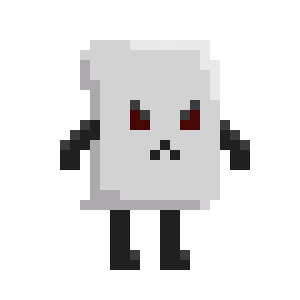
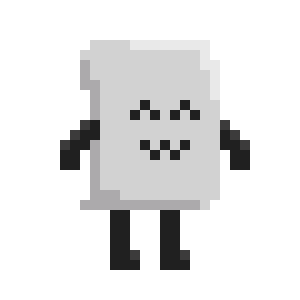
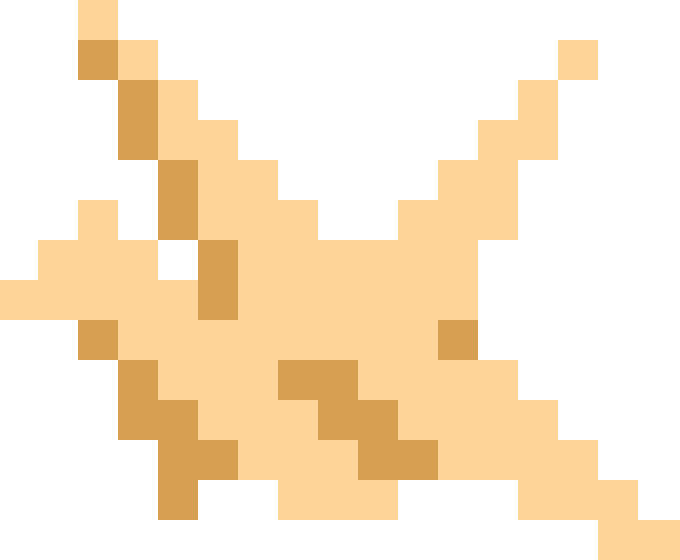
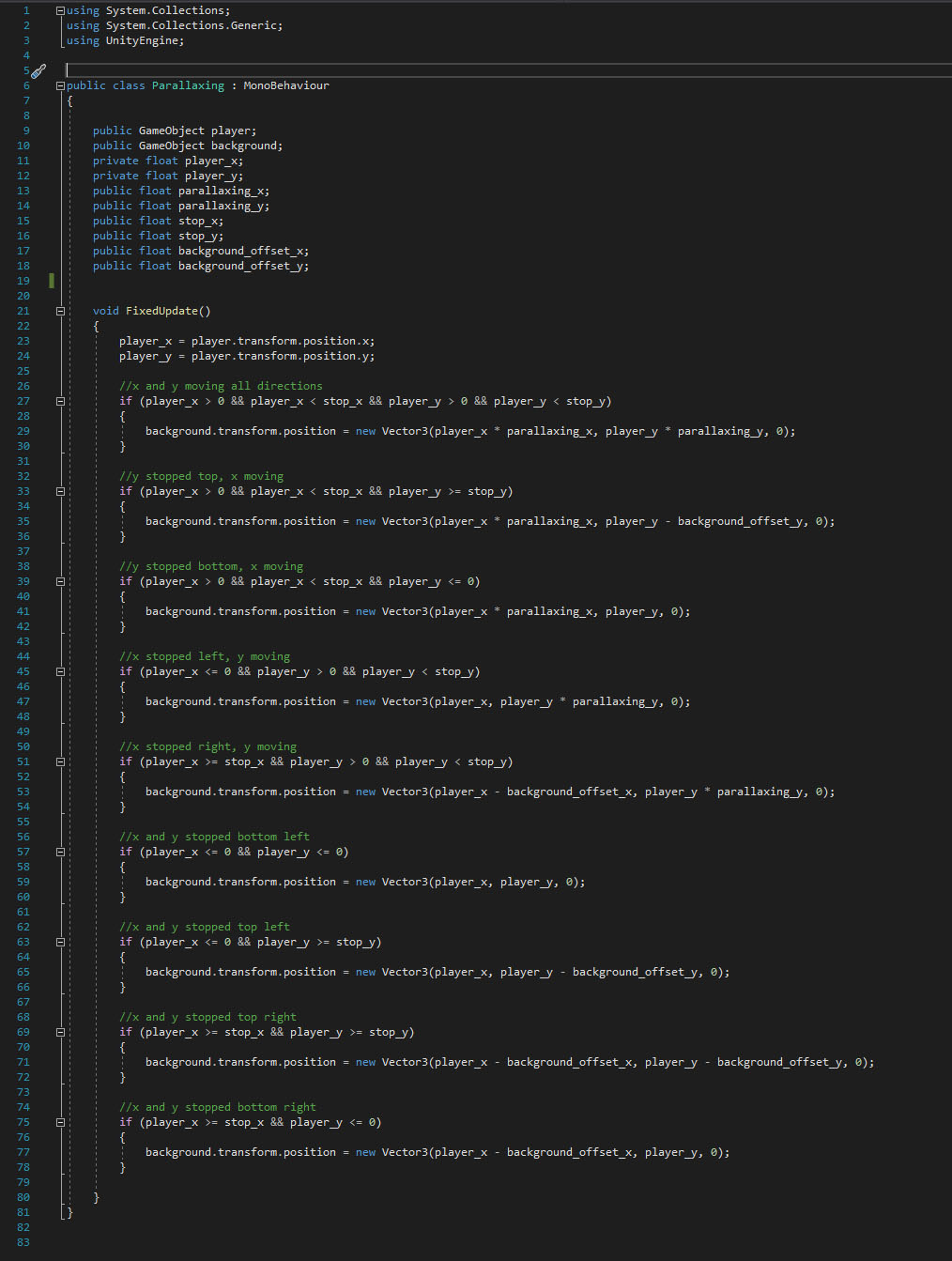
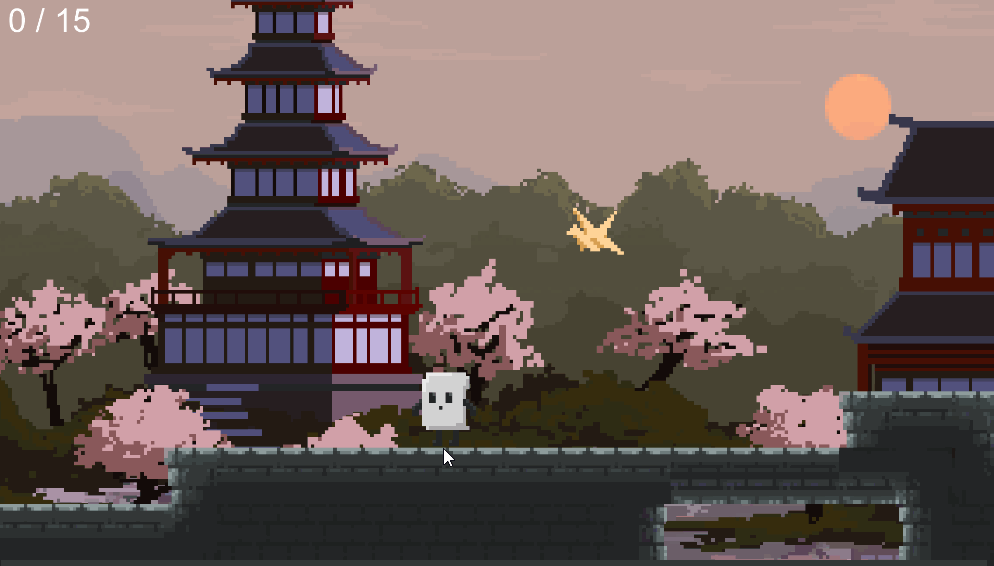
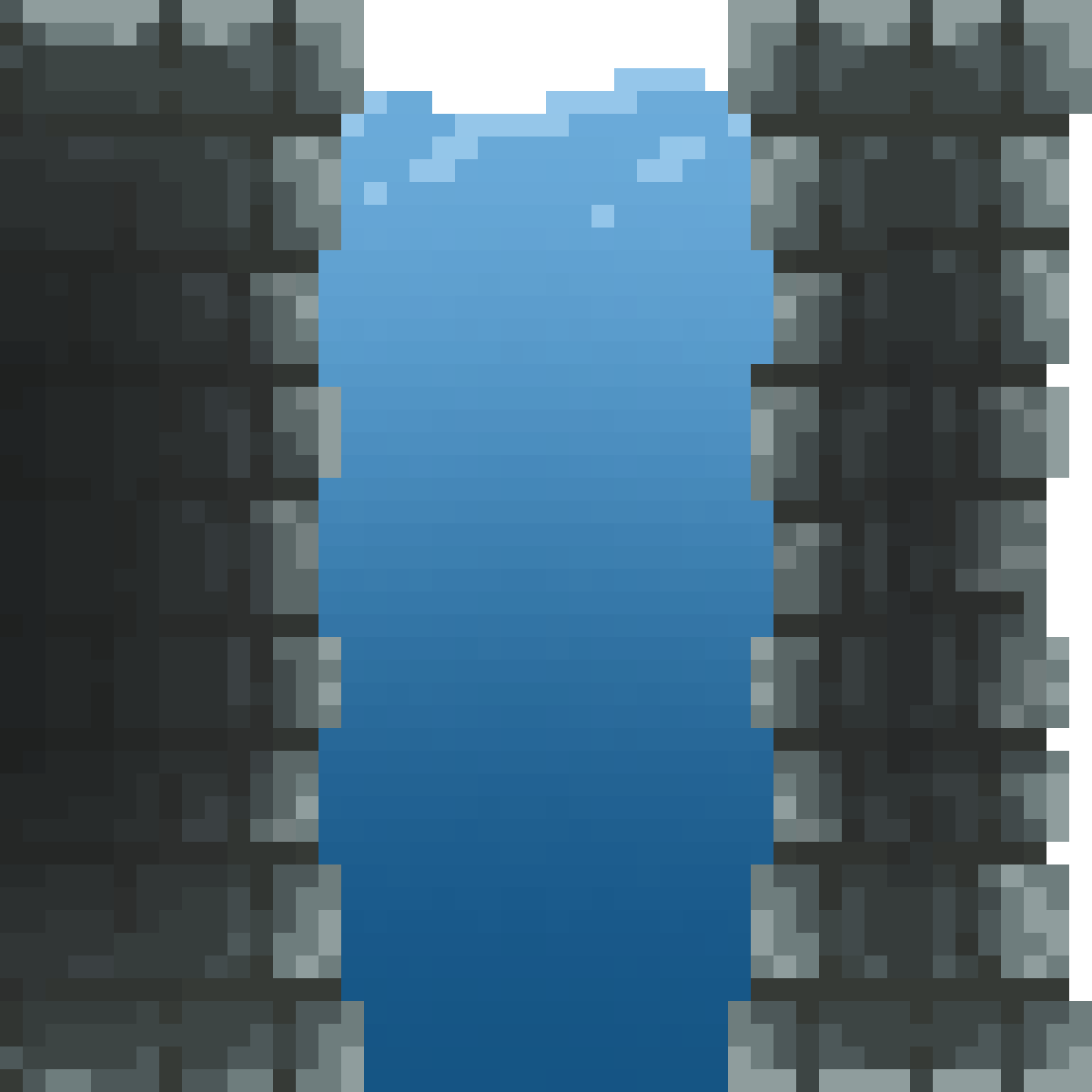
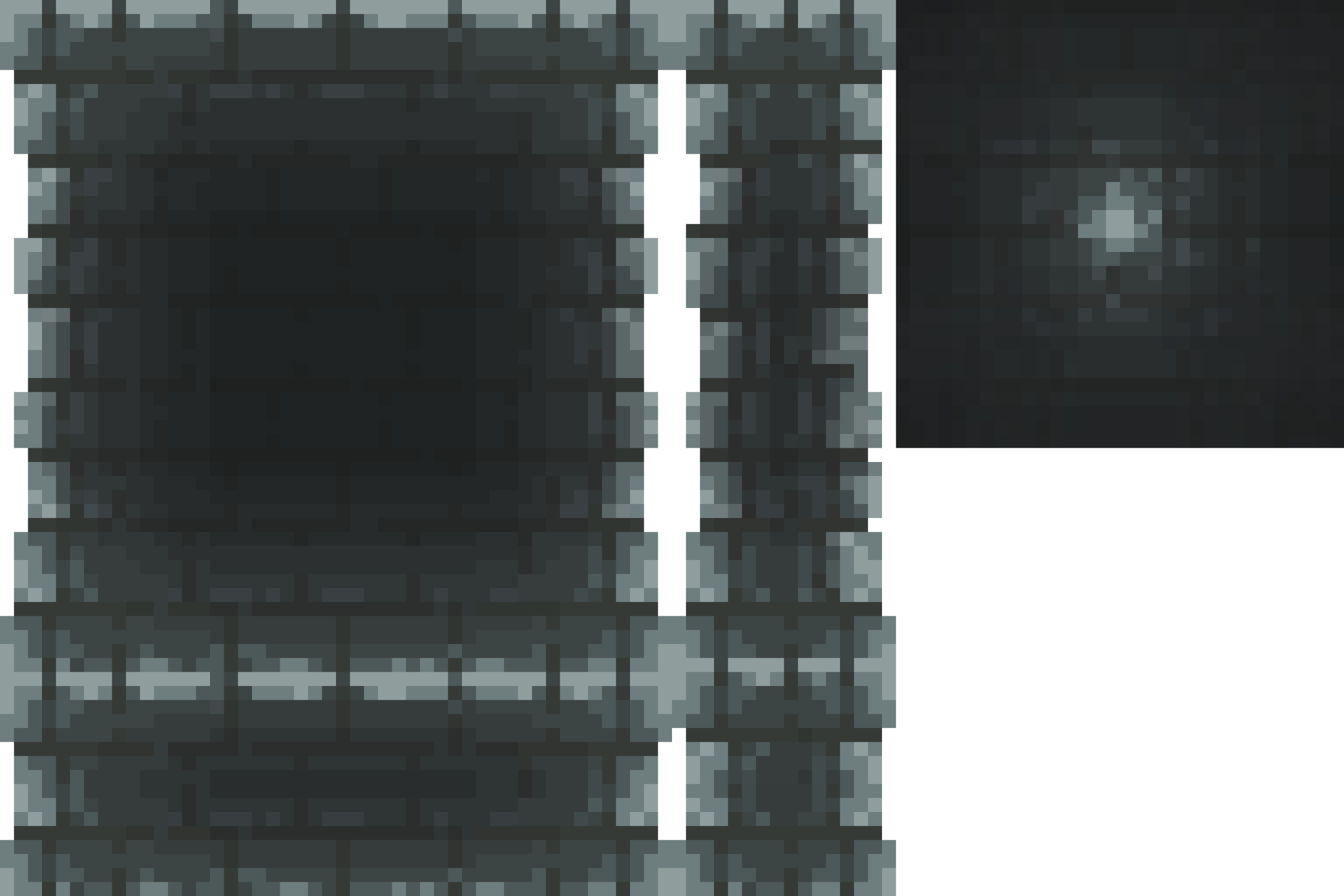
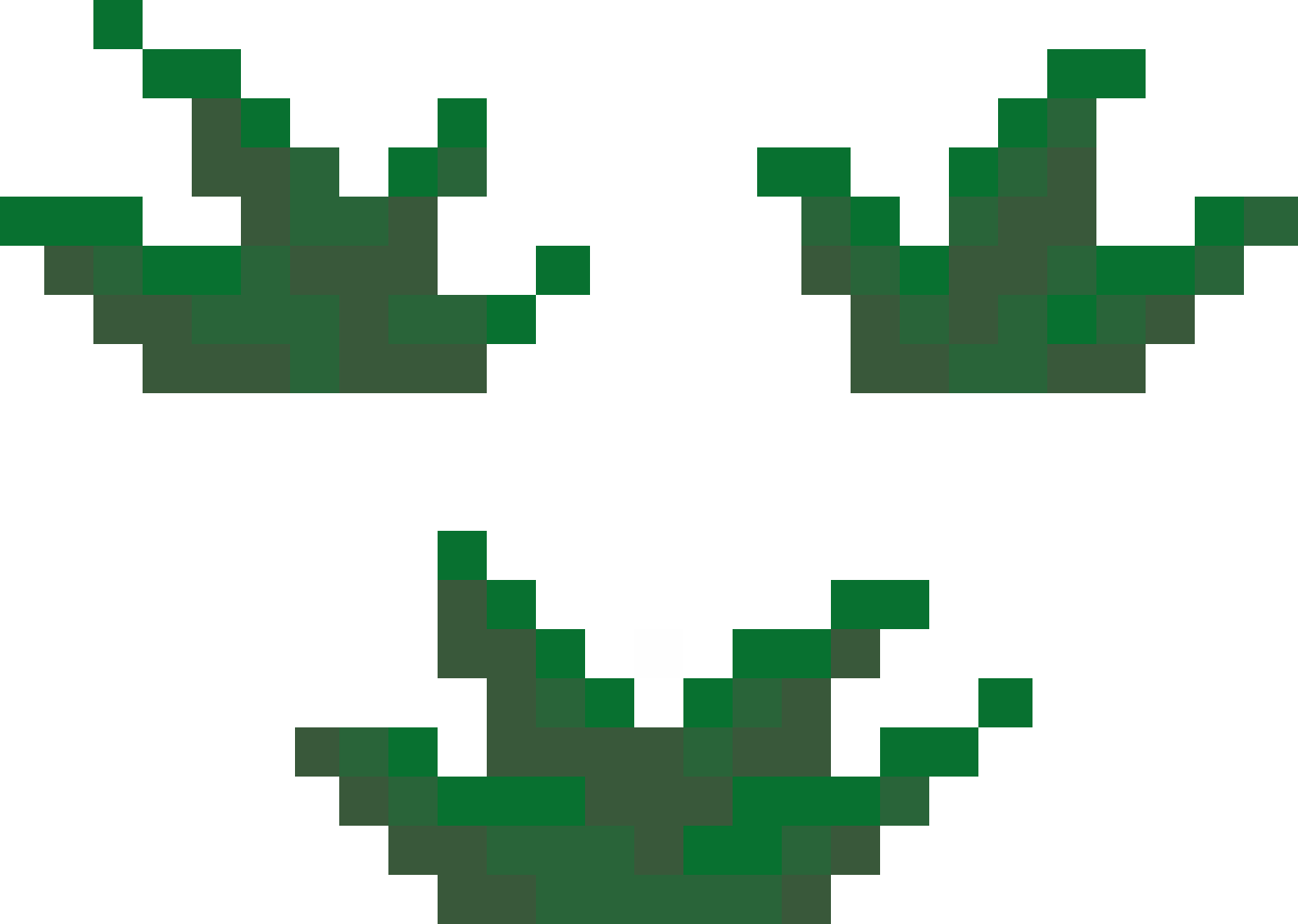


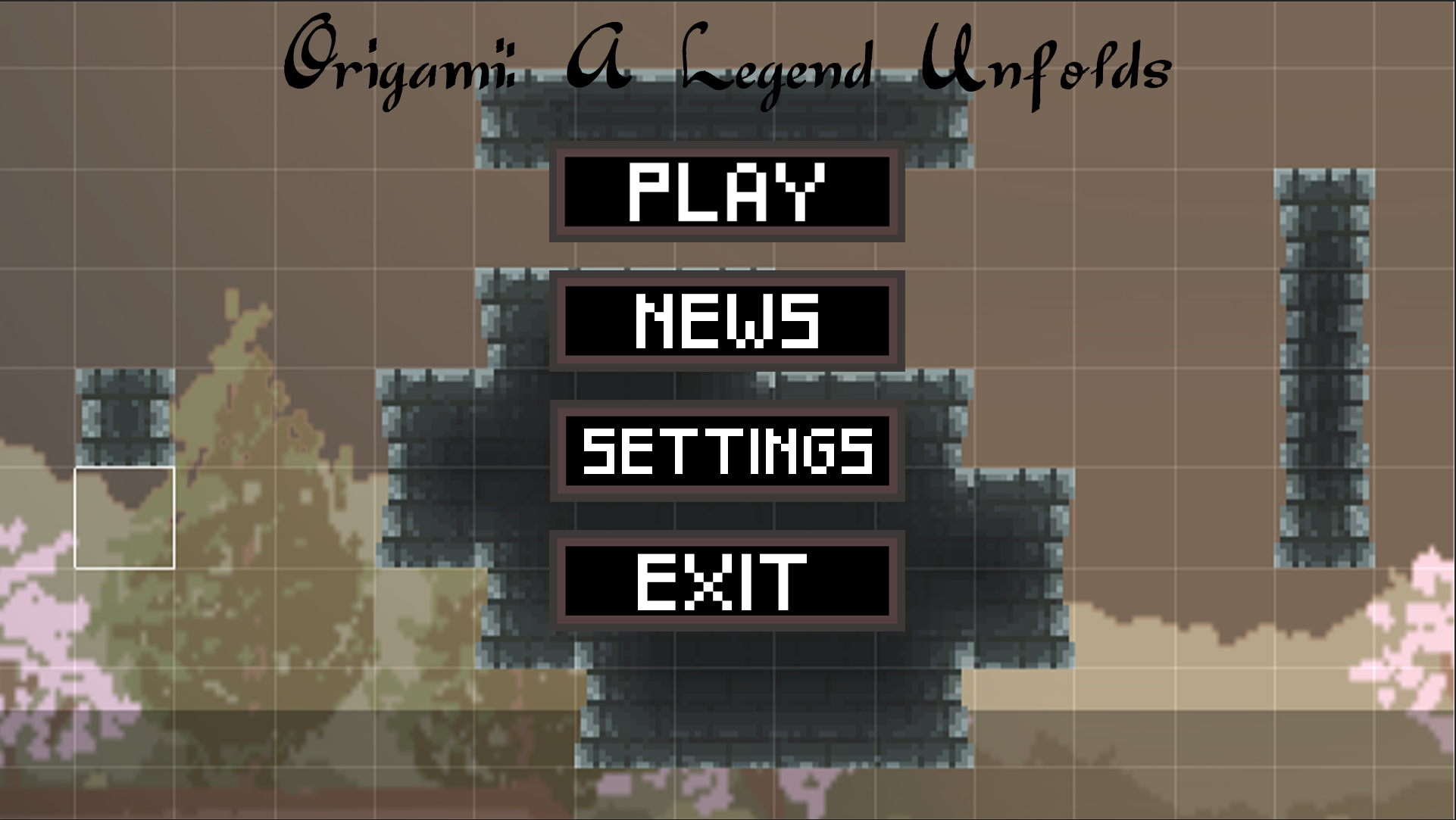
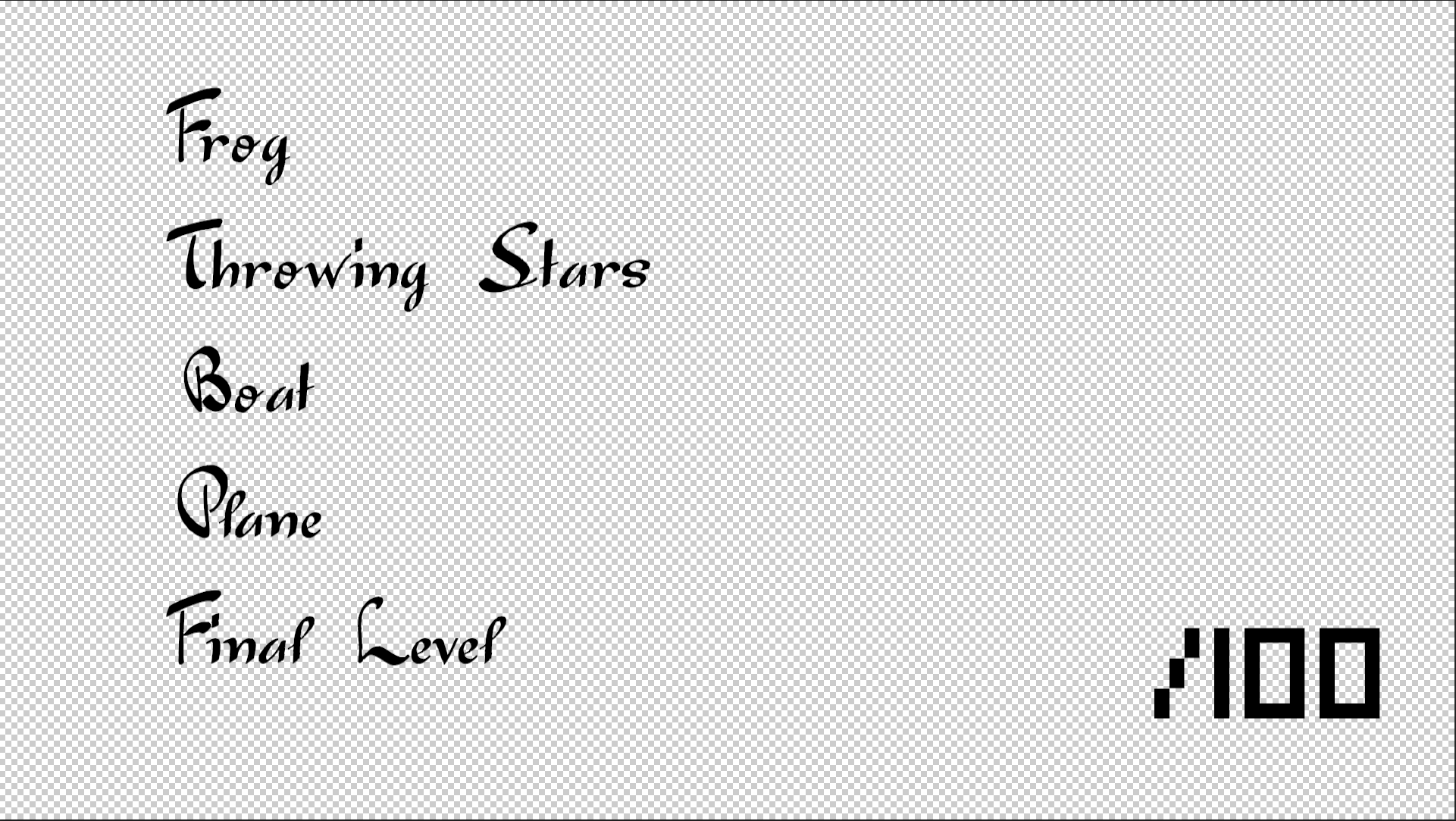





No comments yet.